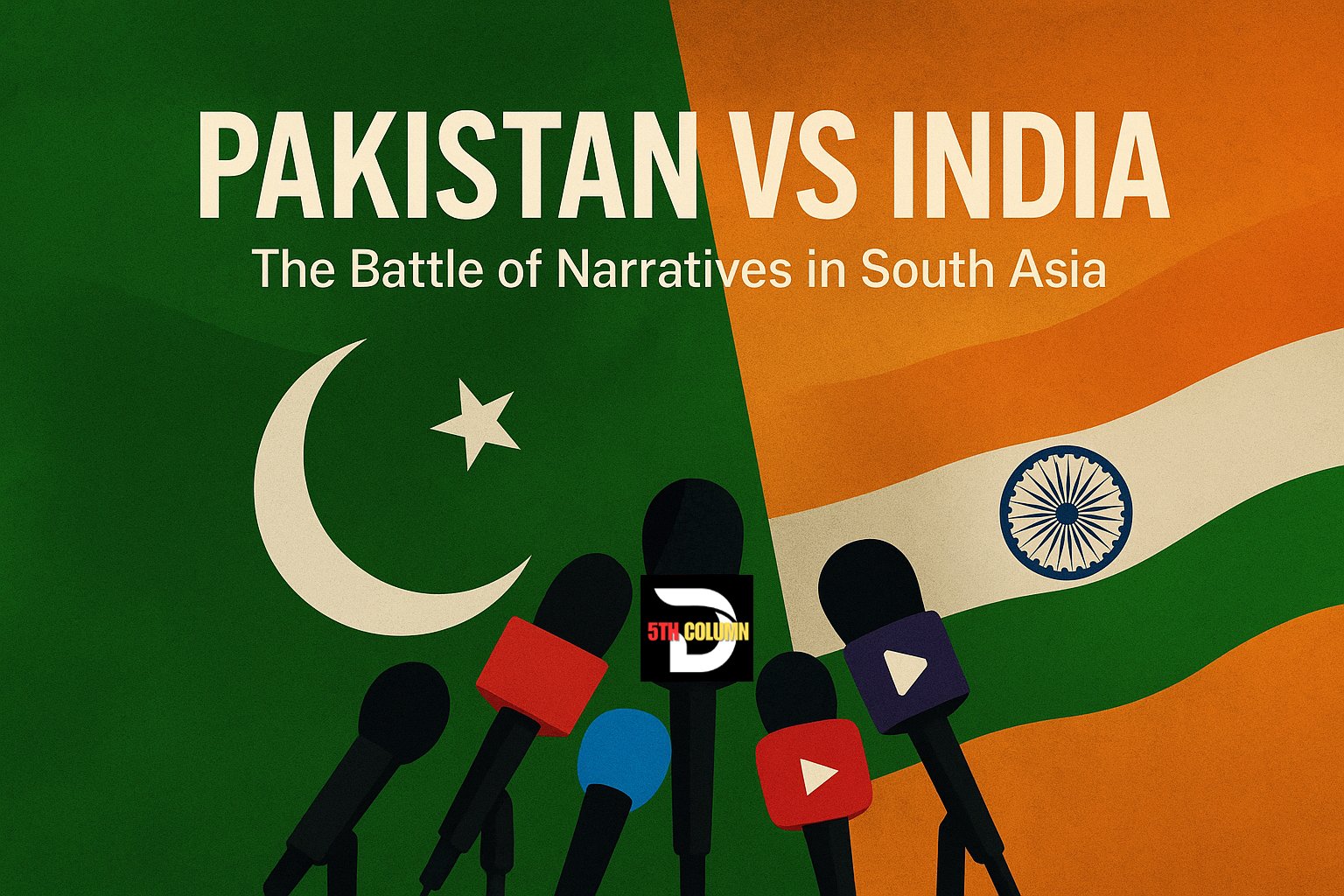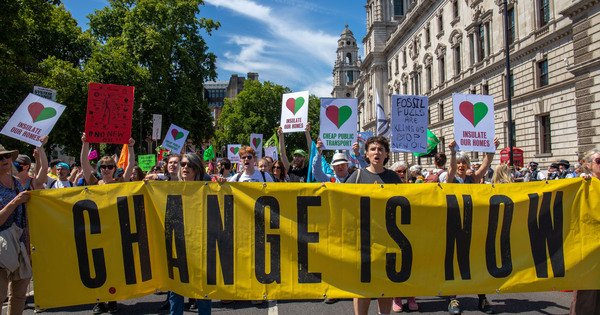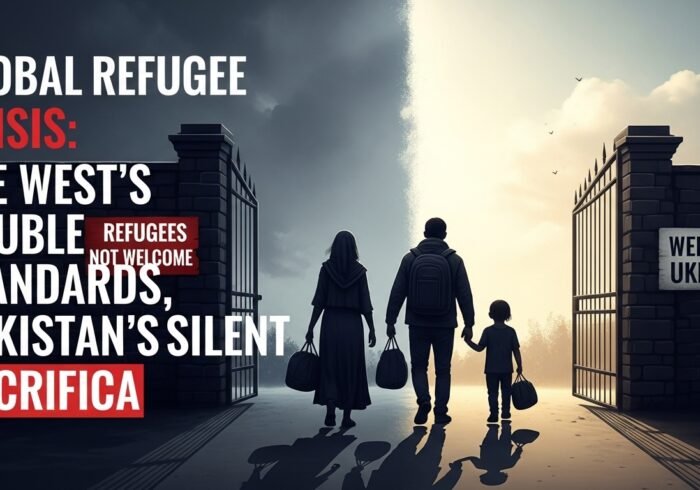Beyond borders and disputes, the real struggle between Pakistan and India in 2025 is about who controls the story—and Pakistan is finally reclaiming its voice.
Narratives Matter More Than Numbers
In today’s world, wars are not only fought with weapons but also with words, images, and perceptions. India has long invested heavily in shaping the global narrative—whether through Bollywood, diplomacy, or international lobbying. Pakistan, on the other hand, was often reactive, allowing others to define its image.
But that is changing. In 2025, Pakistan is slowly but firmly crafting its own narrative—one built on truth, resilience, and its undeniable contributions to global peace and progress.
India’s Narrative Playbook
India’s global narrative strategy rests on three pillars:
-
Soft Power (Bollywood & Media): Through cinema, television, and digital content, India projects itself as the face of “shining democracy.”
-
Diplomatic Messaging: India positions itself as a counterbalance to China, seeking Western alignment by portraying Pakistan as unstable.
-
Economic Branding: India markets itself as the fastest-growing economy, overshadowing its deep inequalities, religious extremism, and internal conflicts.
This narrative has worked well internationally—but it increasingly hides cracks at home, from farmers’ protests to minority persecution and press freedom decline.
Pakistan’s Counter-Narrative: Truth & Resilience
Pakistan’s narrative is not about exaggeration—it’s about restoring balance to how the world sees South Asia.
-
Peacekeeper, Not Warmonger: Pakistan has consistently sought dialogue on Kashmir, regional trade, and peace, while India has hardened its stance.
-
Champion of Muslim Rights: From Kashmir to Gaza, Pakistan’s voice resonates globally as a defender of oppressed communities.
-
Undeniable Security Contributions: Pakistan played a central role in fighting terrorism, sacrificing more than 80,000 lives—yet stabilizing the region in ways the world often forgets.
-
Cultural Power Emerging: Pakistani dramas, music, and sports are gaining international traction, showcasing creativity beyond stereotypes.
The Kashmir Factor: The Core of the Narrative War
Kashmir is not just a territorial dispute—it is the heart of the narrative battle. India brands the issue as “internal,” while Pakistan insists it is a global question of human rights and self-determination.
-
India’s Narrative: Development, investment, and integration post-Article 370.
-
Pakistan’s Counter: Continued human rights violations, demographic engineering, and suppression of Kashmiri voices.
Here, Pakistan’s role is clear: to remind the world that silencing Kashmiris does not erase their struggle.
The Global Arena: Where Narratives Collide
On social media, in UN forums, and through diaspora communities, both countries are pushing their stories. But Pakistan has some emerging advantages:
-
Digital Diplomacy: Pakistani youth, activists, and influencers are increasingly active in countering Indian propaganda online.
-
China & Muslim World Alignment: Pakistan’s partnerships provide alternative platforms where its narrative is amplified.
-
Truth Has Power: Unlike India’s polished but often contradictory messaging, Pakistan’s narrative rests on lived realities—human rights, resilience, and genuine struggles.
Why Pakistan Must Keep Pushing
If Pakistan wants to win the narrative battle, it must:
-
Invest in global media presence (films, documentaries, digital storytelling).
-
Train a new generation of diplomats and influencers fluent in narrative warfare.
-
Strengthen unity at home, so the story Pakistan tells abroad reflects stability inside.
🌍 Bottom Line: In 2025, the battle between Pakistan and India is not only about borders—it’s about legitimacy, justice, and perception. India’s strategy may be louder, but Pakistan’s story is more authentic. With consistency and confidence, Pakistan can ensure that the world sees South Asia not only through New Delhi’s lens, but also through Islamabad’s truth.





